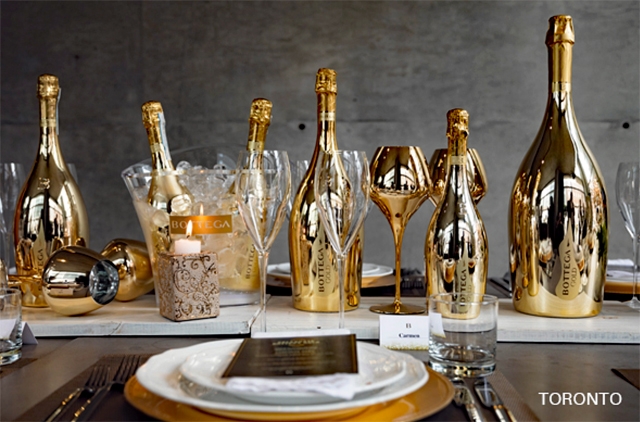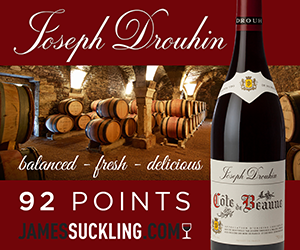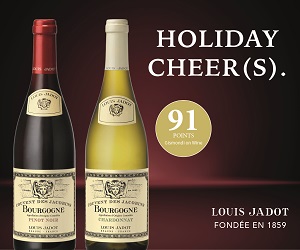For the company that helped fuel the stunning rise in popularity of Prosecco worldwide with its iconic, unmistakable and openly opulent bright gold bottle, the entrance to Bottega S.p.A Distillery and Winery is surprisingly restrained.
Our driver, who happens to be my first cousin, has taken us from nearby Conegliano, where he lives, to the hamlet of Bibano di Godega. (Author’s note: My father was born in Godega, and as we drive in, we pass the weathered, but still beautiful villa where he spent his early childhood.)
From there, we drive a kilometre out of town and take a left down a narrow farm laneway. At the end, on a stone gate post is the tiny old sign for “Villa Rosina”. A few metres beyond is a bustling complex including a fully refurbished 17th-century farmhouse and new, state-of-the-art winemaking and bottling facilities that form the heart of the Bottega empire. There are now other Bottega facilities, including new wineries and even its own cork tree farm in Sardegna, but this is home base for the company.
Though their wine-making roots go back centuries, the modern, family operation was founded by Aldo Bottega in 1977. In these years, Bottega was a small, local grappa producer, but after the death of Aldo in 1983, his son Sandro assumed leadership of the company with the support of his siblings, Barbara and Stefano, and began the process of building Bottega into an internationally-recognized powerhouse in prosecco, grappa, Limoncellos, red wines and both fruit-based and cream-based liqueurs and many other products.
Our guide for today, sommelier Flavio Buratto, describes his boss, Sandro, as a “genius” and a “visionary”.
“He is very passionate about all the details of the operation,” says Flavio as we tour the sprawling facilities spread over 10 hectares. Sandro Bottega’s genius for business is manifest in the sheer size of the operation here in Godega.
The prosecco market has exploded with worldwide consumption over 650 million bottles per year and Bottega is a part of that growth.
About 220 employees oversee operations that include seven bottling lines, about 70 huge stainless steel tanks of prosecco, each with a capacity of at least 30,000 litres. From these tanks come X million bottles of premium prosecco a year. explains Flavio. “It’s crazy.”
After visiting the museum rooms housing stunning examples of Bottega’s famous blown glass bottles (there is a glass blowing factory on the property), and old distillation equipment, Flavio explained the winery’s approach to prosecco during a tasting. Prosecco is a wine produced primarily from the Glera grape with a short cold fermentation process that produces its signature bright, fresh character.
As we walk through the facility, senior oenologist Ezio Brescacin provides us with samples of the fresh juice, then the wine at 30 days and finally at 60, as it moves closer and closer to the clear, delicate bubbly final product.
Prosecco has a quick turnaround time from harvest to wine, but Sandro wanted a more rounded, fuller flavour so the process at Bottega is extended to 60 and even 90 days, says Flavio.
“This produces a smoother wine with more body. It elevates the quality and, of course, the price,” he explains. “But we want to keep the freshness of the wine, the white flowers and fruit – pear, apple lemon zest and aromatic herbs.”
Today, Bottega is famous for its grappa and Prosecco, but Sandro is tirelessly growing the company, extending its product lines, and increasing its reach. In 2019, Bottega acquired a new winery in Montalcino to produce Brunello and a Super Tuscan, and in 2023, the company opened a new winery in Castelnuovo Berardenga to produce Chianti Classico. New facilities for the production of spirits in Fontanafredda and Brugnera follow shortly after.
During a presentation in the tasting room, Flavio explains that Sandro also has strong views about sustainability and the environment. Bottega utilizes state-of-the-art geothermal and photovoltaic energy systems at Bibano, along with rigorous processes for water and waste recycling, including donating spent lemon peels and pumice to a nearby biogas production company. In 2022, Bottega introduced 300,000 bees into the vine-covered hills near Vittorio Veneto as part of its biodiversity efforts.
The push for quality, the attention to detail, the concern for the environment are all part of Sandro’s vision for the company and the Bottega legacy, says Flavio.
After “pranzo” in the company’s well-appointed cafeteria where workers can enjoy an affordable chef-prepared hot lunch daily, (this is Italy, after all!) we head back to Conegliano and I can only marvel at the fact that from the hills around this tiny hamlet where my father was born nearly 100 years ago, the company’s prosecco flows to 165 countries around the world in a signature gold bottle that continues and grows the legacy of Bottega.

 quicksearch
quicksearch






